
As back-to-school and travel season picks up, many Canadians are asking the same question: how do I keep my laptop charged when I’m on the go or away from an outlet? Whether you’re a student, a professional, or someone who travels often, the decision between a power bank vs. portable power station can be a little confusing.
In this guide, we’ll break down the key differences, help you figure out what suits your needs, and offer a few product ideas you can easily find at Best Buy Canada.
What’s the difference between a power bank and a portable power station?
At first glance, both power banks and portable power stations seem to serve the same purpose: providing power when you need it most. But they are designed for very different situations. Understanding the distinctions between power bank vs. portable power station will make your buying decision much easier.
Power banks: the compact everyday companion
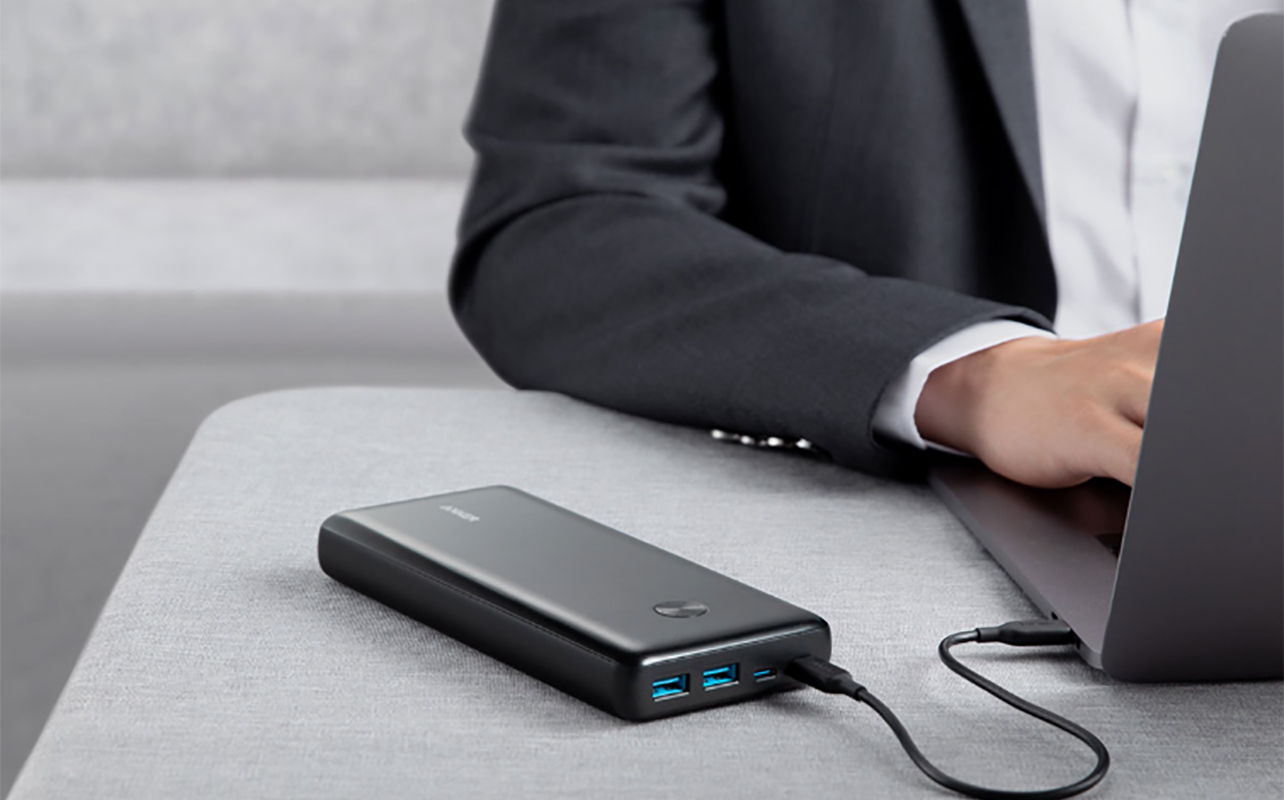
Power banks are small, lightweight battery packs designed to charge smartphones, tablets, and some even laptops with USB-C Power Delivery (PD) and sufficient wattage. They are generally compact and lightweight enough to fit in a laptop bag or even your pocket. Most power banks max out at 100W output, making them ideal for lighter devices.
Portable power stations: the powerhouse for all your devices
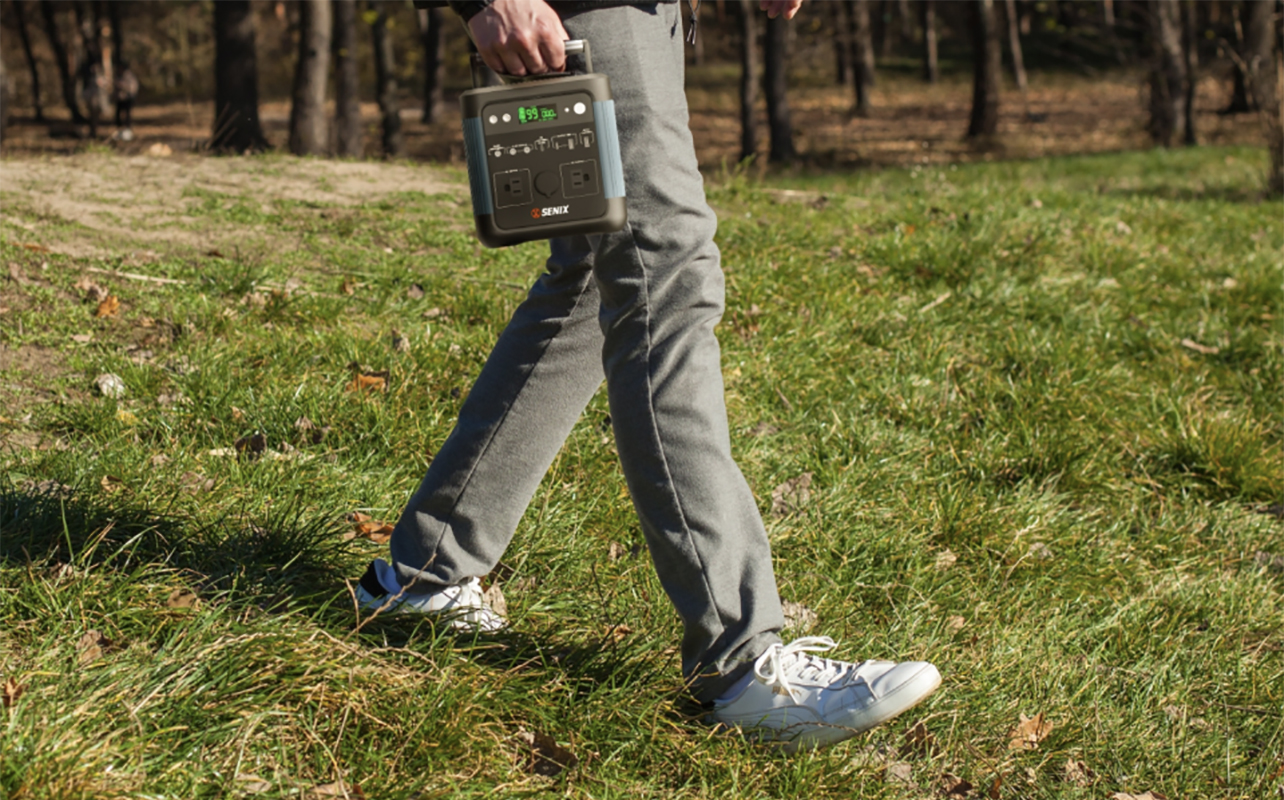
Portable power stations are essentially mini-generators without the noise or fumes. They come with multiple output ports, including AC outlets, which allow you to plug in devices that use traditional wall chargers. With significantly higher wattage and battery capacity, they can power laptops, small appliances, and other essential gadgets for extended periods.
Here’s a quick comparison table to illustrate their key differences:
| Feature | Power Bank | Portable Power Station |
|---|---|---|
| Size & weight | Small, lightweight | Larger, heavier (5–15kg) |
| Output ports | USB-C PD, USB-A | AC outlets, USB-C, USB-A, DC outputs |
| Wattage | Up to 100W | 150W–500+W |
| Battery capacity | Measured in mAh (10,000–30,000) | Measured in Wh (150Wh–500+Wh) |
| Charging methods | Wall charging | Wall, solar, car charging options |
| Best for | Daily laptop use, travel | Off-grid work, camping, power outages |
Use a power bank for lightweight, on-the-go charging
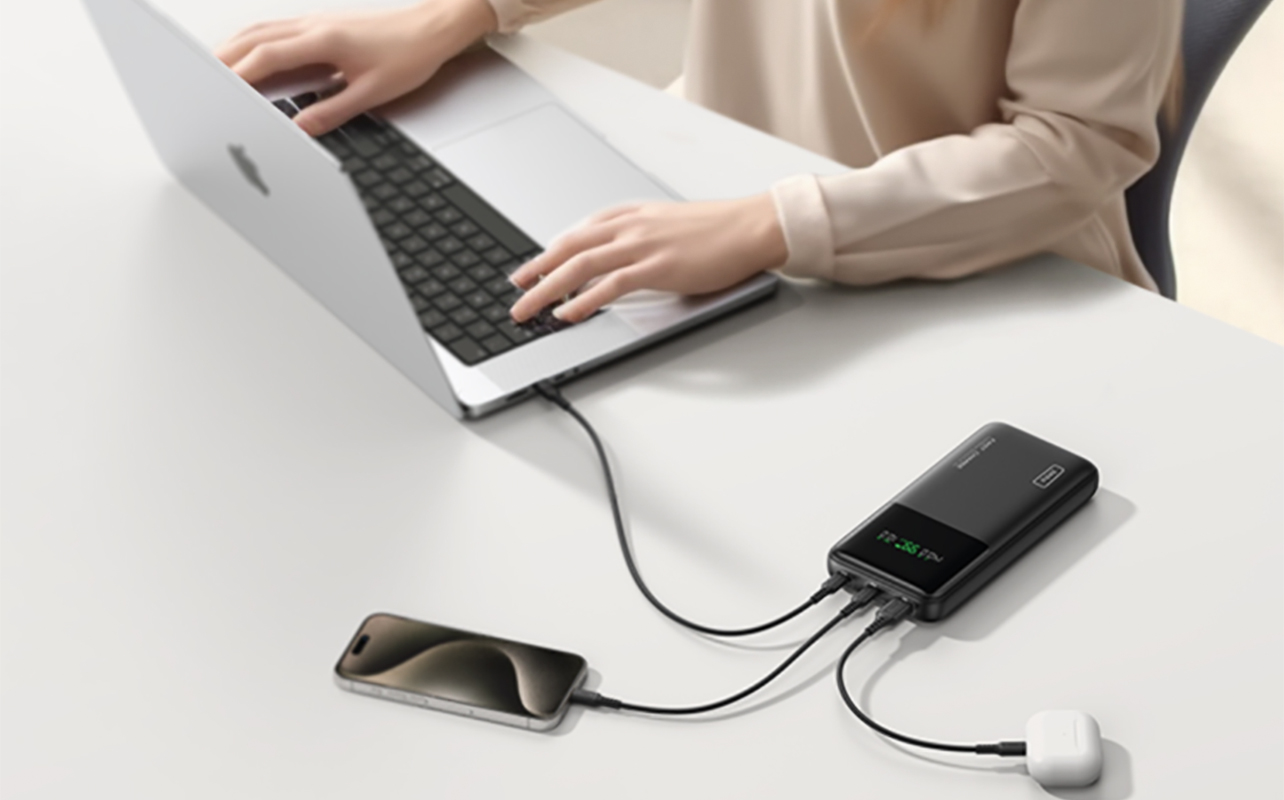
If your laptop is a slim Ultrabook, Chromebook, or a compact MacBook Air that draws 65W or less, a power bank is likely the most practical option. Power banks are designed for convenience, especially for students and working professionals who are always moving between classes, meetings, and travel destinations. They’re also useful for powering a laptop while traveling.
You can easily slip a power bank into your backpack without noticing the weight. Most models are under the 100Wh limit, meaning they are allowed in your carry-on luggage on flights, making them ideal for international travel.
Features to look for in a power bank
Modern power banks have come a long way. Look for USB-C PD (Power Delivery) support with at least 65W or up to 100W output if your laptop requires it. Some models also offer pass-through charging, letting you charge the power bank while also powering your laptop at the same time. It should have a large capacity, measured in mAh, to charge up your devices for as long as possible. Charging indicator lights are useful as is a remaining battery percentage notification. Multiple ports are useful if you want to charge more than one device at a time.
Popular and reliable brands like Anker, Mophie, Belkin, and Hyper have a variety of options that combine portability with solid performance. If you’re a student hopping between classes or a digital nomad working from cafés, a power bank is an easy and affordable solution.
Choose a portable power station for higher power and longer runtime
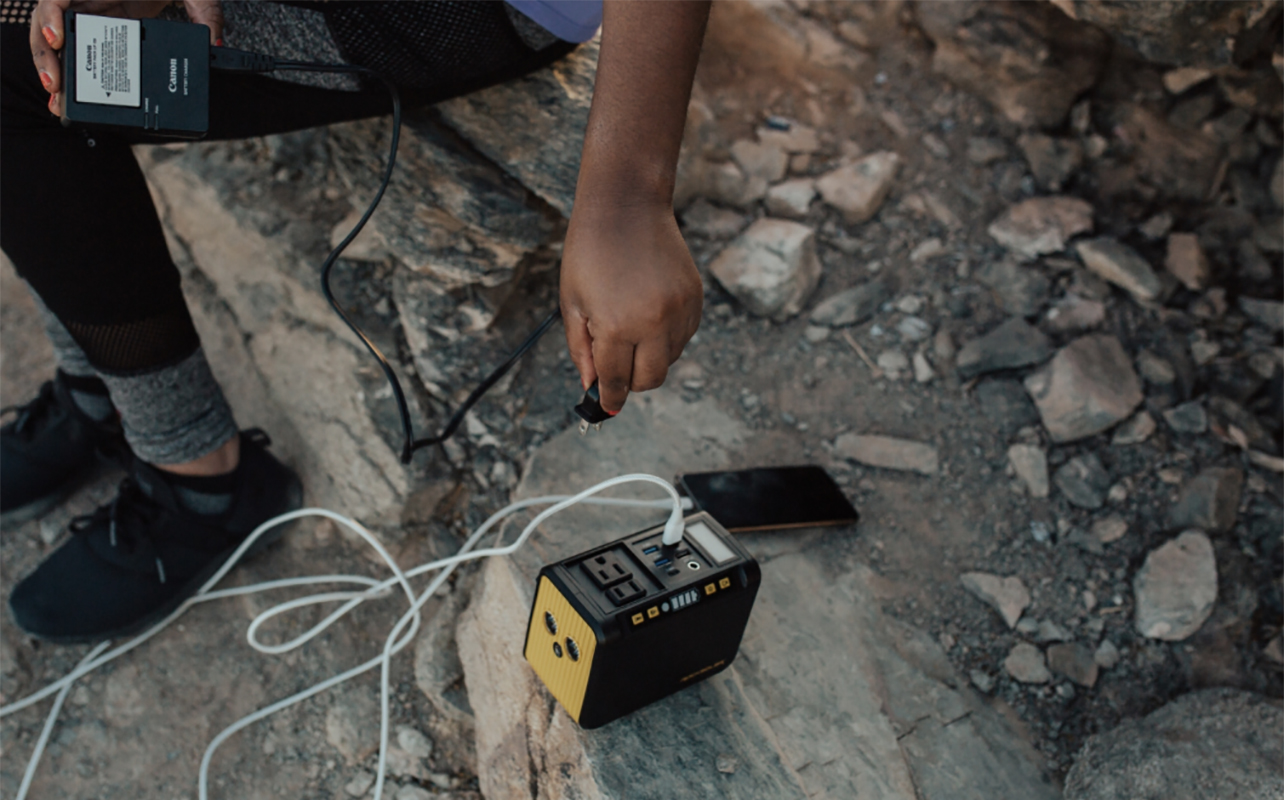
For those who need more muscle, like remote workers with heavy-duty laptops or campers who need to run multiple devices, a portable power station is a worthwhile investment. They come with AC outlets, so you can charge any laptop, regardless of whether it supports USB-C PD or not.
A portable power station is also ideal for back-up power at home, especially during unexpected outages. With capacities ranging from 150Wh to over 500Wh, these devices can run your laptop for several full charge cycles and power your phone, tablet, and even a small monitor at the same time.
Why a portable power station might be right for you
Many portable power stations also support solar charging, which is perfect if you like off-grid adventures or extended camping trips. Whether you’re working from a remote cabin or tailgating with friends, having access to reliable power without needing a noisy generator is a game-changer.
Brands like EcoFlow, Jackery, and Bluetti offer well-reviewed options, with models available directly through Best Buy Canada’s portable power stations section.
Can you use either one to charge a laptop?
In short, yes, you can use either a portable power bank or a portable power station to charge a laptop. But there are some important compatibility considerations.
Understanding your laptop’s charging needs
If your laptop charges via USB-C PD, most modern power banks with sufficient wattage (65W–100W) will do the job. However, some laptops, especially gaming laptops or older models, use barrel jacks or proprietary chargers. In such cases, only a portable power station with an AC outlet will work reliably.
Before buying, check your laptop’s input wattage requirements. Most Ultrabooks draw between 45W to 65W, while gaming laptops and high-end workstations often require 100W or more.
Tips for a trouble-free experience
- Always confirm the continuous output wattage of your charger, not just peak output.
- Use certified USB-C cables that support high-wattage charging.
- For maximum efficiency, opt for chargers that offer pass-through charging, letting you top up both the power bank and your laptop simultaneously.
Key factors to consider when choosing between them
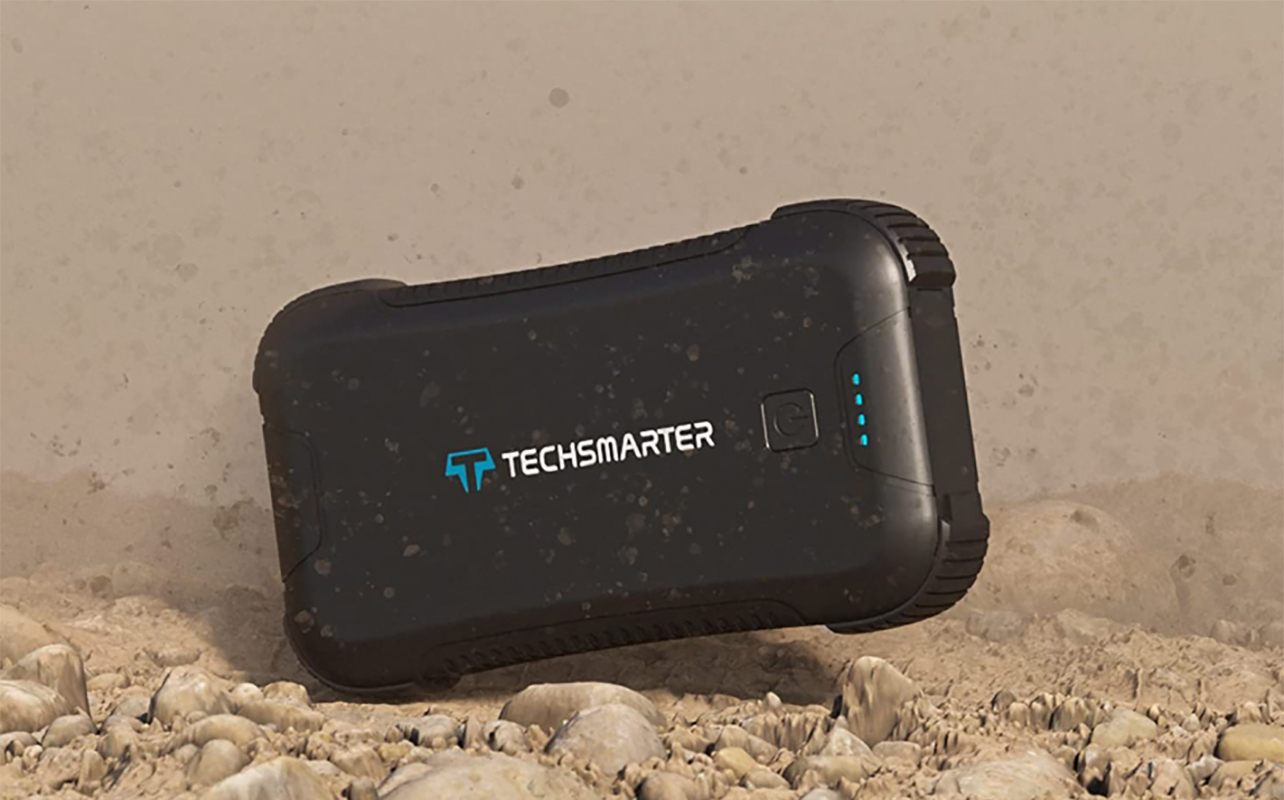
Your lifestyle and daily needs will heavily influence the right choice. Here’s a breakdown of important factors to guide your decision:
Battery capacity
- Power banks measure capacity in milliamp-hours (mAh), typically 10,000–30,000mAh.
- Portable power stations use watt-hours (Wh), ranging from 150Wh to over 500Wh, providing much longer usage time.
Output options
- Power banks offer USB-C PD and USB-A ports.
- Portable power stations feature AC outlets, DC ports, and sometimes multiple USB options.
Portability
- If you need to travel light, a power bank is ideal.
- For extended power needs or emergency backup, a portable power station is worth the extra weight.
Charging speed
Look for fast-charging support. Power banks offer rapid laptop charging, while power stations can charge multiple devices at high speeds.
Charging options
- Power banks mainly support wall charging.
- Portable power stations offer solar, car, and wall charging, giving you more flexibility.
Price range
- Power banks are budget-friendly, typically priced between $50 to $150.
- Portable power stations are an investment, often ranging from $200 to $700+, depending on features and capacity.
Pick the right charger for your lifestyle
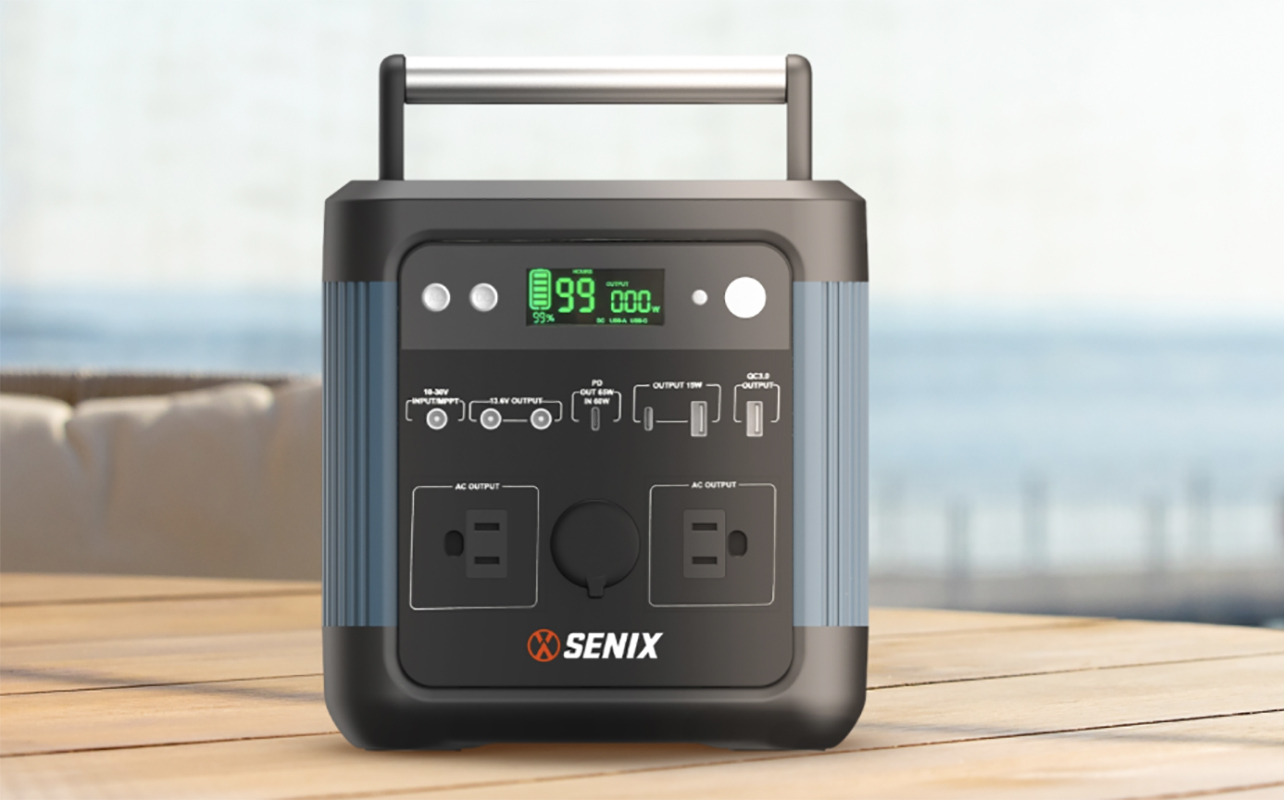
The choice between a power bank and a portable power station comes down to how you use your laptop and where you plan to use it.
If you’re a student or professional who needs lightweight, on-the-go charging for a USB-C powered laptop, a power bank is your best bet. It’s affordable, portable, and perfectly suited for everyday use, especially during the back-to-school season.
For those powering gaming laptops, high-performance workstations, or working remotely in locations without stable electricity (or looking for a back-up at home in the event of a power outage), a portable power station offers superior battery life, more flexibility, and higher wattage output.
Always check your laptop’s power requirements and consider your daily routine when shopping. Browse Best Buy’s full selection of power banks and portable power stations and make sure you’re never left without power, no matter where life takes you.
This article was drafted using AI technology and then reviewed, fact-checked, and revised by a member of our editorial team.





